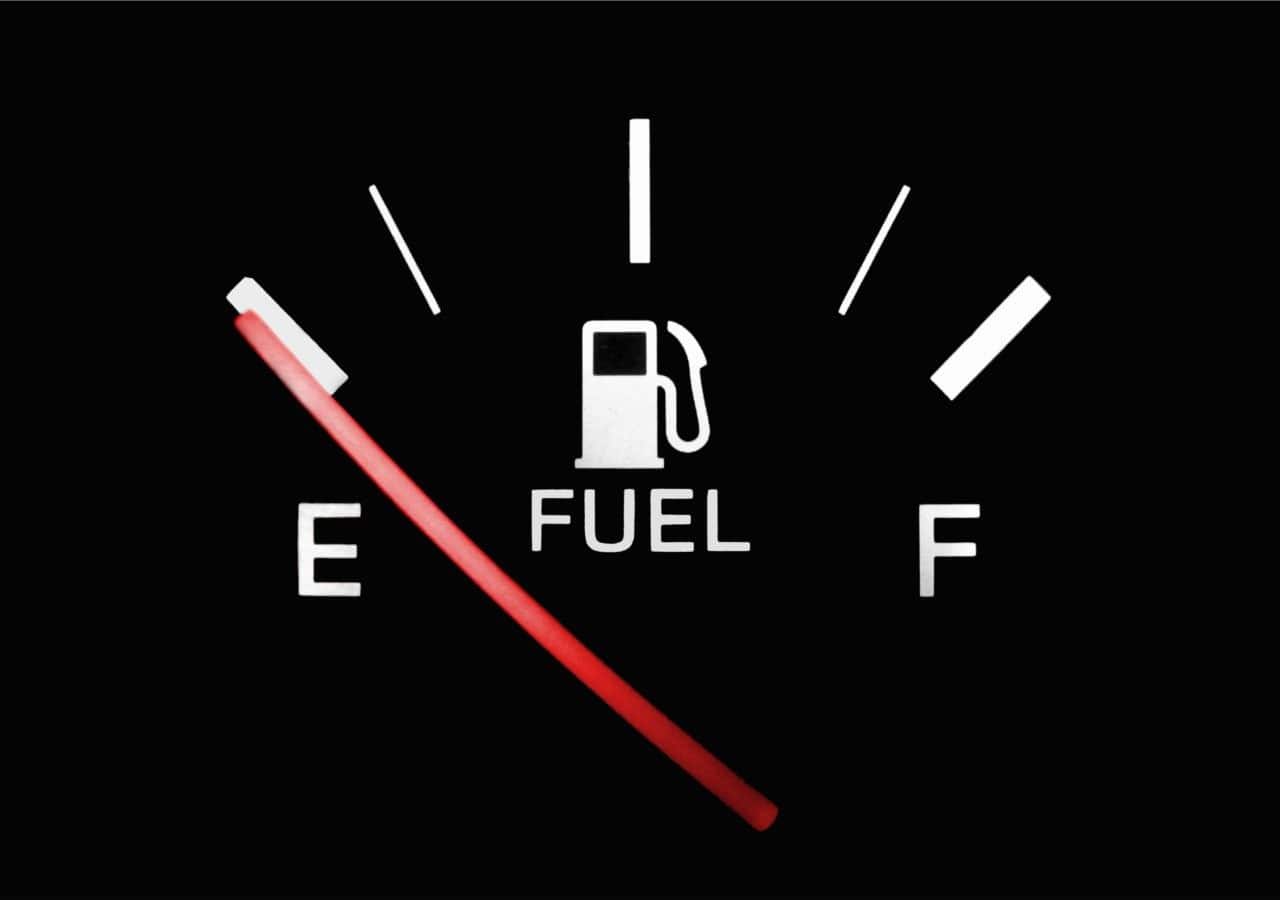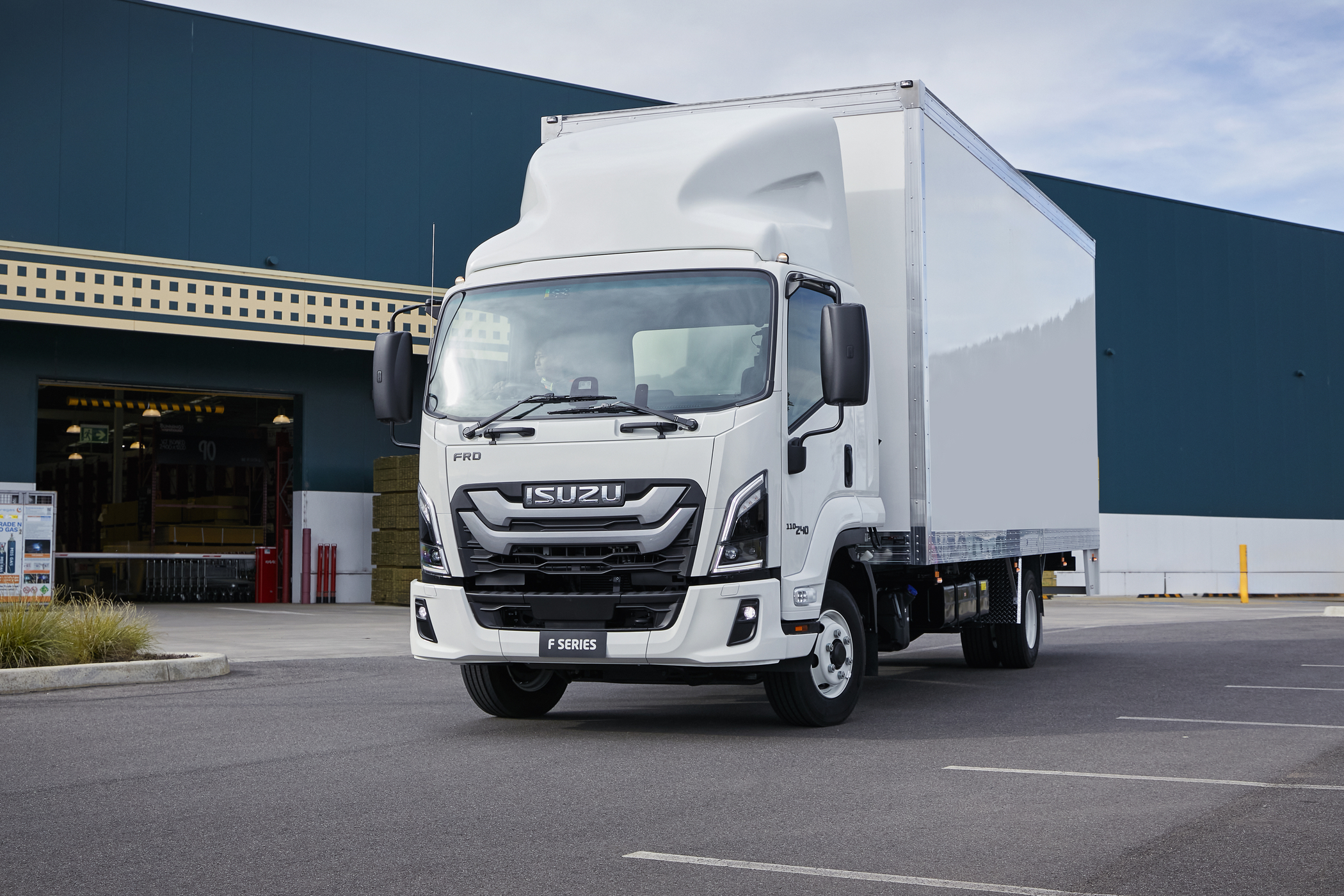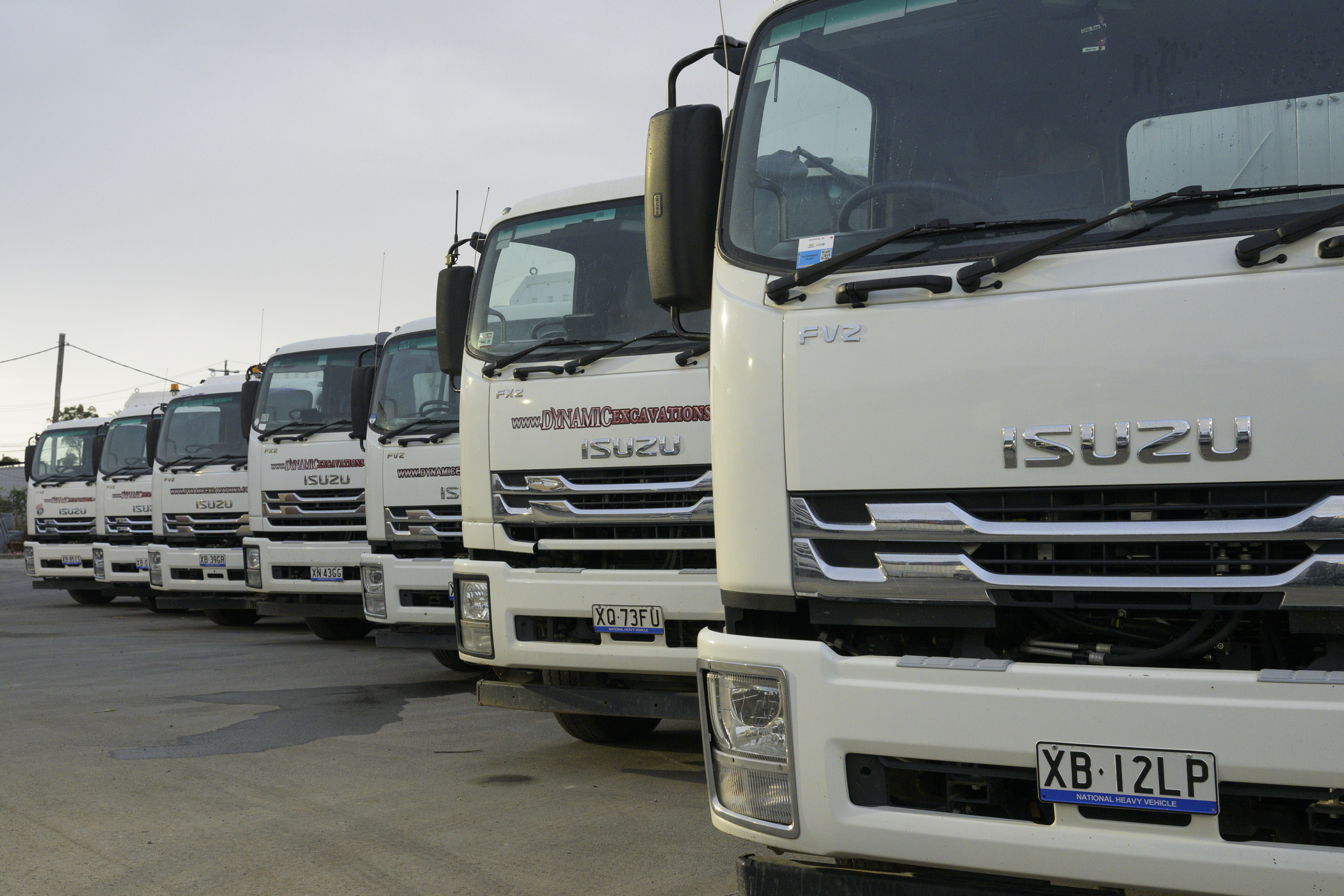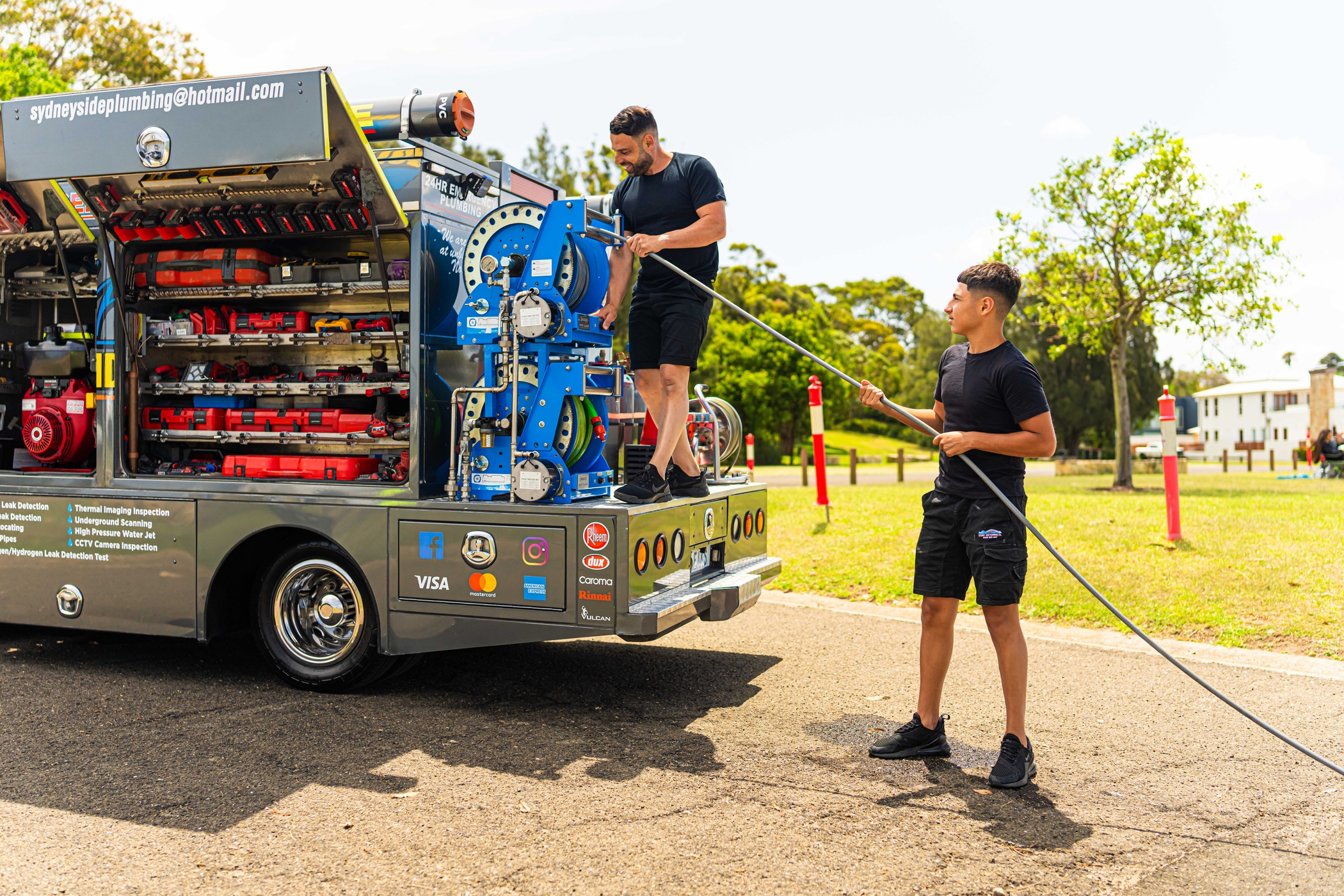How to Save on Fuel Costs

Fuel is one of the biggest ongoing expenses of any fleet. Wasting it costs your business unnecessary dollars that could be better used elsewhere.
Here are four ways to improve your fuel usage.- Driver efficiency
- Anticipating traffic light changes to limit braking and accelerating.
- Maintaining a constant speed by using cruise control when appropriate.
- Driving in the appropriate gear, as a gear too high or low chews through fuel.
- Limit idle time by turning off the engine when stopping for deliveries or pickups.
- Over-revving
- Excessive braking
- Idle time

- Maintenance
- Be predictive in your truck maintenance. Regular servicing means that you can spot minor issues before they become a major expense.
- A casual weekly once-over to identify problems. Drivers should check exhaust connections, oil levels and the condition and pressure of the tyres. A poorly inflated and maintained tyre can negatively affect the fuel consumption. You should also look out for leaks underneath the vehicle; cracked or damaged wiring harnesses; and signs of wear on filters, separators, hoses and belts.
- Efficient route planning
- Avoiding congested areas
- Avoiding hilly areas
- Ensuring your drivers take the most direct route
 To ensure you are taking the most efficient route, consider installing a telematics system that includes route scheduling as part of the package. This will ensure that you are doing the job using the least amount of fuel as possible.
To ensure you are taking the most efficient route, consider installing a telematics system that includes route scheduling as part of the package. This will ensure that you are doing the job using the least amount of fuel as possible.
- Air con usage



Lead the charge with Australia’s favourite truck.
2025 heralds Isuzu Trucks’ 36th year as market leader.* Number one in more than just sales, though, Isuzu Trucks has an unparalleled dealer support network, customer care program, truck range, and legendary reliability. To get behind the wheel of a winner, get into your nearest Isuzu Trucks Dealer now or visit isuzu.com.au
Learn More



